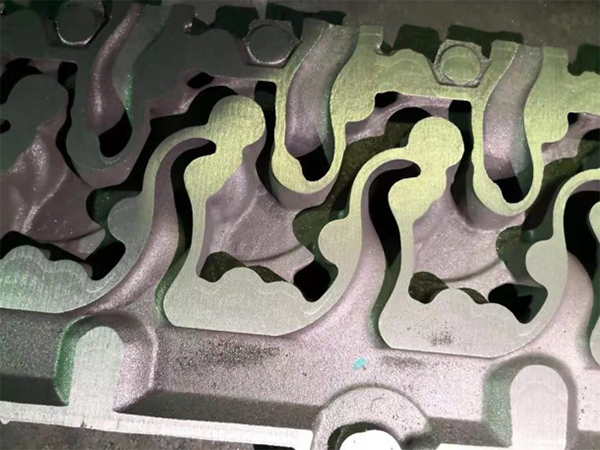Facing Sand in Foundry An Essential Component in Casting Processes
In the realm of metal casting, foundries are pivotal in transforming raw materials into usable products. One essential component of this intricate process is facing sand, a crucial material that plays a significant role in molding and casting operations. In this article, we will delve into the characteristics, applications, and significance of facing sand in the foundry industry.
What is Facing Sand?
Facing sand refers to a specific type of sand used in the creation of molds and cores for metal casting. This sand is typically composed of fine silica particles, which provide a smooth surface finish to the casted parts. It lies at the surface of the mold, hence the name facing sand. Its primary function is to help achieve a precise and refined finish on the outer surface of the metal casting, thus ensuring the final product is free from defects such as roughness, inclusions, or dimensional inaccuracies.
Characteristics of Facing Sand
The efficacy of facing sand derives from several key characteristics
1. Finely Grained Facing sand is usually finer than other types of sand used in mold-making. The fine grain structure allows for a more uniform surface finish on the casting, reducing the likelihood of surface imperfections.
2. High Refractoriness The ability to withstand high temperatures without deforming is essential for facing sand. It must maintain its integrity to prevent sand from adhering to the molten metal, which can compromise the final product.
3. Good Binding Properties Facing sand should possess the ability to bond well during the mold-making process. This is often achieved through the addition of clay or other binding agents, which help to hold the sand particles together, creating a stable mold structure.
4. Low Thermal Expansion The thermal expansion properties of facing sand are crucial for maintaining dimensional accuracy. Low thermal expansion minimizes the risk of cracking during the cooling phase of casting.
facing sand in foundry

Applications of Facing Sand
Facing sand is predominantly utilized in several types of casting methods, including
1. Green Sand Casting In this widely-used method, a mixture of sand, clay, and water is employed. The facing sand creates a smooth surface and enhances the mold's performance during the casting process.
2. Shell Molding This process uses a heat-sensitive resin-coated sand to form a shell-like mold. The facing sand offers a high-quality finish and accurate dimensions for the final product.
3. Investment Casting Although primarily ceramic-based, investment casting can also incorporate facing sand in certain applications to achieve desired surface qualities.
The Importance of Facing Sand in Foundry Operations
The use of facing sand is crucial in assuring the quality of castings. The outer surface of a casting can significantly impact its mechanical properties and overall aesthetic value. A smooth and defect-free surface can lead to reduced post-casting treatments, such as grinding and polishing, thereby minimizing both time and cost.
Moreover, the selection of appropriate facing sand can influence the foundry's productivity. Quality sand contributes to faster mold preparation times, effective heat transfer during casting, and reduced rates of sand-related defects. Thus, engineers and foundry specialists often spend considerable time optimizing the composition and characteristics of facing sand to align with specific casting requirements.
Conclusion
In summary, facing sand is an indispensable element of the foundry industry, serving multiple roles throughout the casting process. Its unique characteristics and applications underscore its importance in achieving high-quality metal castings. As foundries continue to evolve and adopt new technologies, the significance of facing sand is likely to endure, adapting to meet the demands of modern casting practices. By understanding and optimizing the use of facing sand, foundries can enhance their overall efficiency and output, ultimately contributing to the advancement of the metal casting industry.
Post time:dec. . 10, 2024 04:26
Next:Hydro Super Sand The Next Generation in Eco-Friendly Construction Materials
